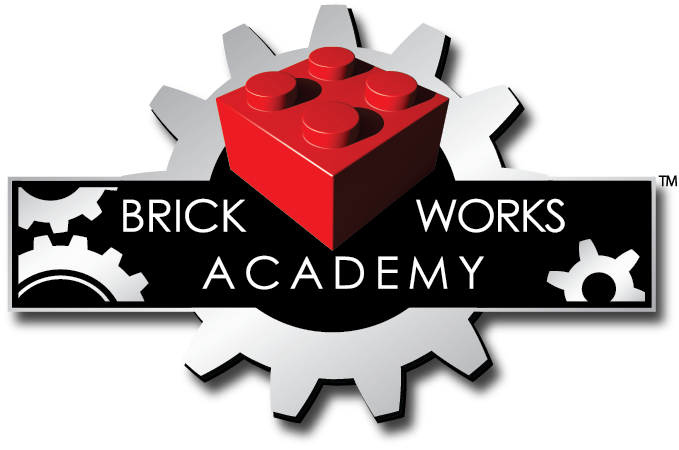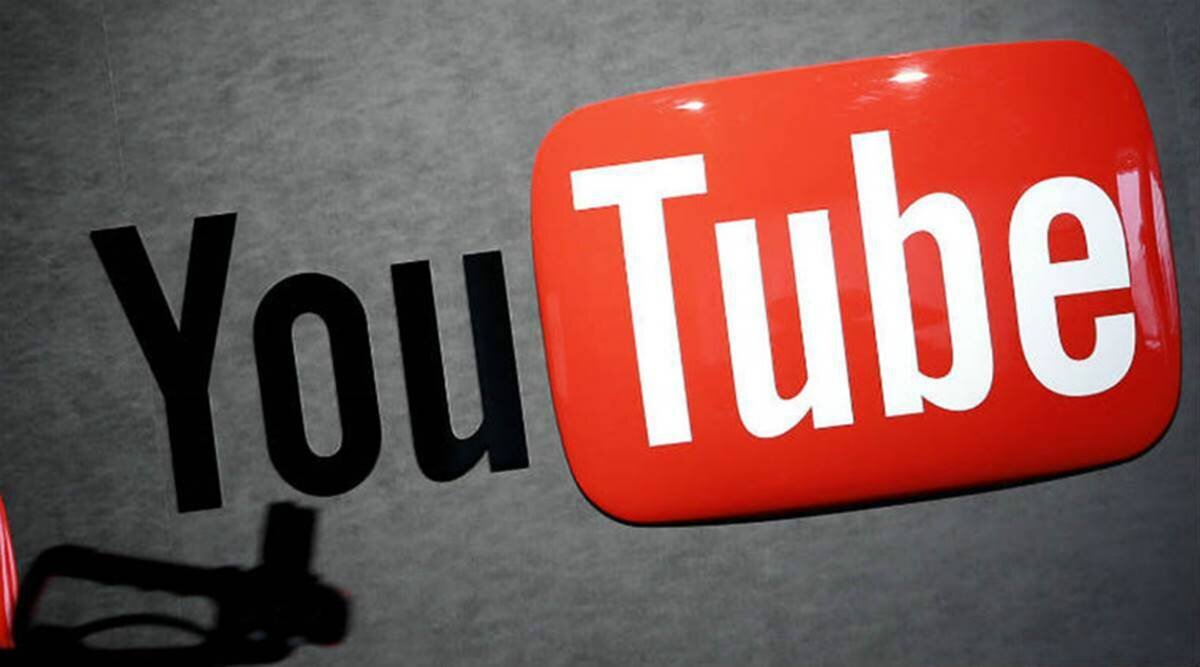5 Ways YouTubers and Streamers Monetize their Content
An average 15 million viewers tune in to Twitch and over a billion hours of YouTube is watched each day! From popular streamers like Shroud and Pokimane and beloved video creators like Mr. Beast and Markiplier, it is no surprise that kids across the world want to become Twitch and YouTube stars when they grow up! Our goal at BWA is to turn campers into content creators and not just content consumers and that starts with allowing children to develop a critical understanding of how entertainment works and is created.
This is what inspired our YouTube Video Editing Virtual Camp, where our live instructors will teach the foundation required for campers to successfully create stories and entertainment through video - whether that is a highlight montage from a video game/recent stream or a DIY video teaching their audience how to do a craft! Campers will learn video production/composition, filming and editing skills that they can use to publish their own content. So… how do content creators do it?
1.Ad Revenue
Advertising is the primary way a creator can earn money on YouTube and Twitch. The easiest way to understand ad revenue is by using TV commercials as an example. A product/service brand [IE: Lego] pays a network [IE: Family Channel] to run a 30 second advertisement during a television show [IE: Hannah Montana]. The amount of money the brand pays the network depends on how many people will be watching the television show at that particular time, as well as how relevant the product/service is to those who are watching that may purchase it. The more viewers, the higher the price tag! Once the network is paid, they share the money with the creators of the show/content which is then used to pay the actors and the production crew. The exact same thing happens on Twitch/Youtube! Advertising revenue is generated when people watch ads that are played before, during and after YouTube videos or live streams.
2.Subscriptions/Donations
Ever wondered how you can view some content online without any commercials or ads? That is because you can either purchase a subscription to view the content [IE: $5 a month] and/or the creator receives voluntary donations to their channel by their community of viewers - that is how the content creator is paid!
3.Sponsorships/Brand Deal
If you have ever seen #AD in the description of a video and/or an instagram post, or have heard a creator say “this video/stream is brought to you by...”, this means that a product/service brand has reached out directly to the content creator to pay them to place their product/service within their content as a living ad, traditionally dubbed “product placement”, and forced by the FTC to disclose that it is a paid ad. It is extremely important for kids consuming content to understand the concept of a brand deal because sometimes, a creator may be recommending a product to them they have never used before with a bias to tell their audience that a product is good so they will purchase it to make more money, instead of recommending a product to the audience because they genuinely liked it.
4.Product Collaborations
Product collaborations are different from sponsorships in that brands partner with a content creator to design a product that uses both of their ideas, logos, and branding. Creators make money based on total sales of the product as well as licensing of their own trademarks. A company that is well-known for doing lots of product collaborations is G-FUEL - they team up with YouTubers and gamers to create co-branded and co-designed flavours. In the makeup world, Morphe is well-known for creating eye shadow palettes with musicians, YouTubes, and other entertainers.
5.Discount Codes
Have you ever heard an influencer or creator say “Use my code “___” for 10% off”? This means that each time someone purchases a product with a creator's code, they receive a percentage of money of the total revenue sold underneath their code. Discount codes are usually ongoing, meaning you can use their code at any time, as many times as you want. Oftentimes, you will see brand sponsorships (where the creator gets paid for product placement) AND discount codes are used together.
EXTRA TIP: Don’t forget that many other hobbies and careers surround YouTubers and Streamers that don’t involve being in front of the camera! Many content creators hire their own teams to plan and/or edit their videos, design their logos and merch, photograph and record for their social media or manage their marketing!






